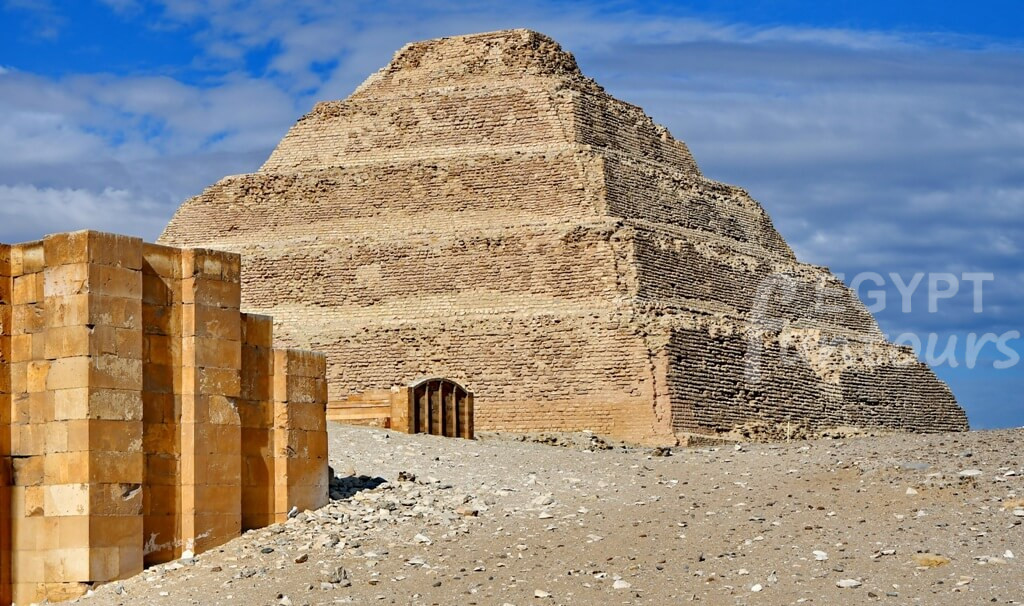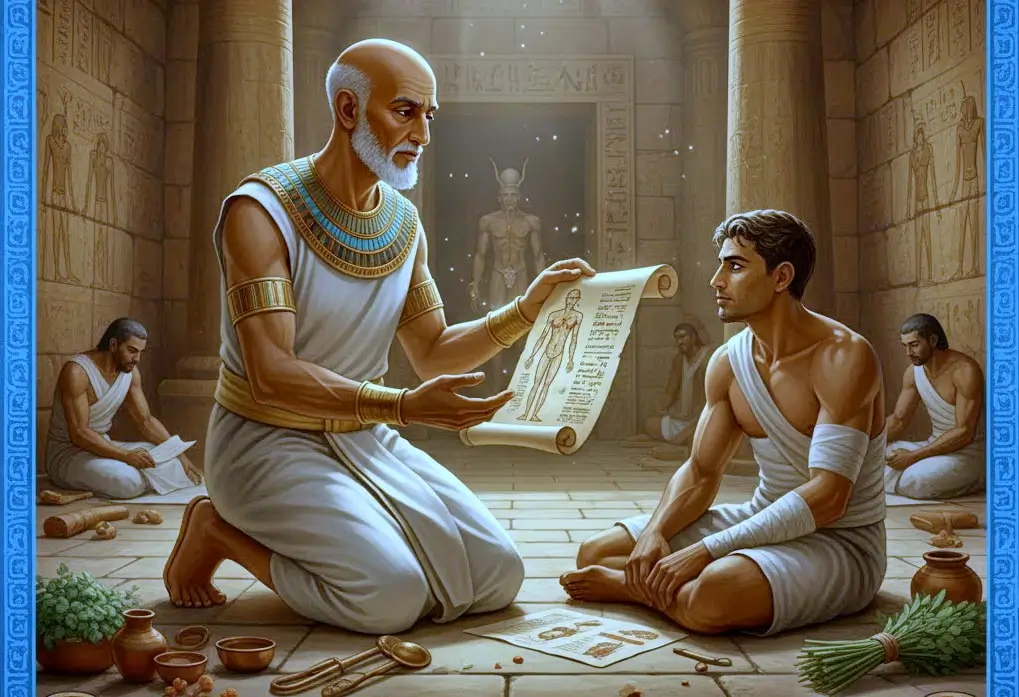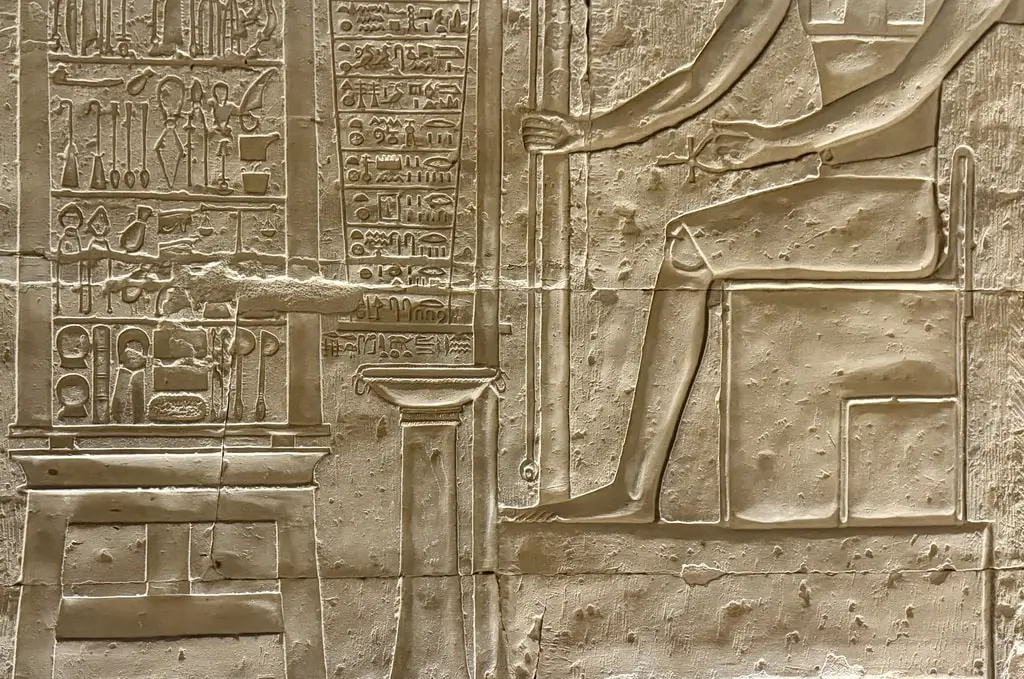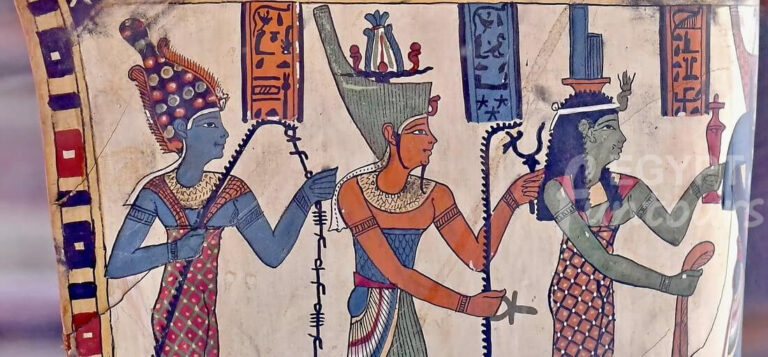The Leonardo da Vinci of Ancient Egypt
Imhotep is probably the most famous non-royal Egyptian in history. Two thousand years before the Greeks celebrated their great thinkers, this one man in Egypt mastered stone, medicine, and philosophy.
Today, his name is even more well-known thanks to various Hollywood mummy movies where he plays the villain. However, the real Imhotep was the exact opposite of a monster. His name literally means “The One Who Comes in Peace.” He achieved such great success as a polymath that today, more people know his name than that of the king he served, Pharaoh Djoser.
For a long time, scholars dismissed him as a mythological figure. But at the end of the nineteenth century, archaeologists confirmed he was a real, historical person.
This guide explores the life of Imhotep. We will uncover how he became the world’s first known architect, why Sir William Osler called him the true “Father of Medicine,” and how he achieved the rarest honor in Egyptian history: becoming a full god.
Key Takeaways
- The Name: Imhotep means “The One Who Comes in Peace.”
- The Architect: He designed the Step Pyramid at Saqqara, the first monumental stone structure in the ancient world.
- The Physician: He is the first doctor known by name, diagnosing over 200 diseases and writing texts 2,200 years before Hippocrates.
- The God: He is one of only two Egyptian commoners ever deified, worshipped as the son of Ptah.





























